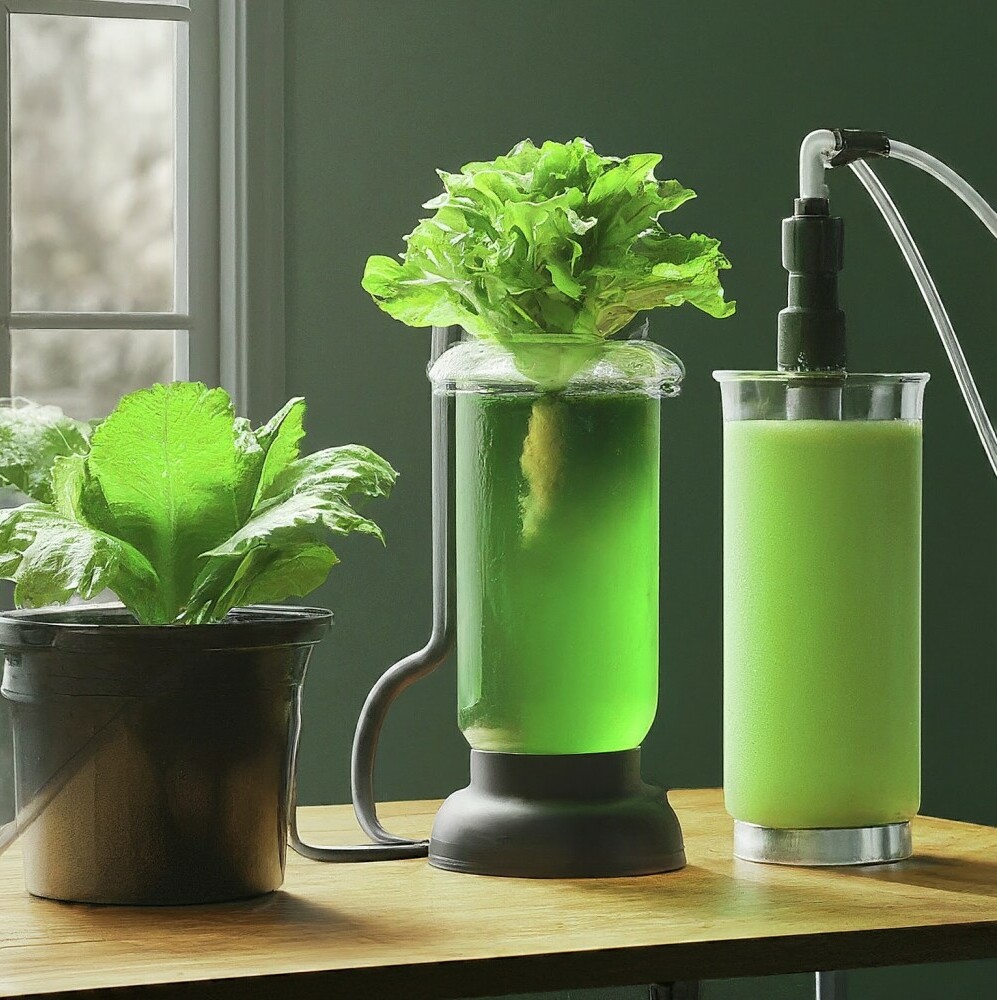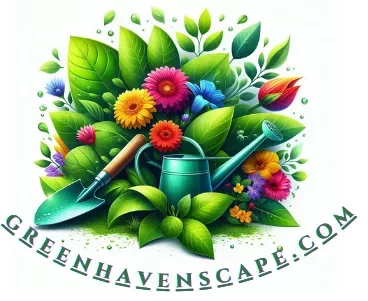 gaining worldwide traction
gaining worldwide traction
Have you ever wondered about the world of hydroponics? With technological advancements and a growing interest in sustainable living, hydroponics has become a buzzword in modern gardening. At its core, hydroponics is a method of growing plants without soil using nutrient-laden water. This ingenious system allows you to cultivate healthy plants in environments where traditional agriculture might struggle to take root.
But let’s clear up some misconceptions right off the bat. Hydroponics isn’t an overly complex or futuristic concept; it’s an accessible and efficient way to garden, gaining worldwide traction. It’s not exclusive to scientists or commercial growers; anyone can start a hydroponic garden at home with some guidance.
This isn’t just about skipping soil; hydroponics offers a wide array of benefits that you’ll learn about. Think water conservation, faster plant growth, and eliminating common soil-borne diseases. These systems are especially advantageous in urban settings or where fertile land is scarce. Imagine having a lush vegetable garden on your apartment balcony or a mini-herb haven in your kitchen. Hydroponics makes this possible.
Now that you’ve grasped the basics, you’re likely eager to learn more. Following this introductory kick-off, I’m here to guide you through the various options available in the world of hydroponics. You’ll need to choose the system that best suits your needs, and the next section, ‘Choosing Your Hydroponic System: Types and Considerations,’ will help you do just that.
Choosing Your Hydroponic System: Types and Considerations
You’re probably eager to get your hands wet with hydroponics, but before you do, let’s discuss the array of systems available. Each system has unique features and benefits catering to specific needs and circumstances.
Firstly, we have the Deep Water Culture (DWC), where plants float in water and roots dangle directly into nutrient-rich solutions. This system is excellent for beginners due to its simplicity and low setup cost. Next, consider the Nutrient Film Technique (NFT) – it cycles a thin film of nutrients over the roots, making it ideal for lightweight, fast-growing plants.
Ebb and Flow systems, on the other hand, periodically flood the plant’s roots with nutrients before draining back. These systems are versatile and can accommodate a wide range of plant types. There are also aeroponic systems, which use mist to deliver nutrients to the roots. They are a bit more high-tech but fantastic for plant growth.
As you deliberate, consider these factors: the space you have available, your budget constraints, the types of plants you wish to grow, and the time you can dedicate to system maintenance. I’ll stress the point of starting simple – get your feet wet with a less complex system that doesn’t demand constant attention.
Plenty of beginners thrive with small-scale DWC or Ebb and Flow systems. So, choose something that resonates with you, and don’t stress too much about diving into the most complex system immediately. You can constantly adjust your approach as you become more comfortable.
The real-world examples I’ve witnessed underscore the potential for beginners to cultivate a successful hydroponic garden with basic setups. Once you’ve selected a system that suits your situation, it’s essential to understand how to bring it all to life. The next step is setting up your hydroponic garden.
Setting Up Your First Hydroponic Garden: Step-by-Step Guide
If you’re keen to get your hands wet in hydroponics, this is where you start. Setting up your first system is exciting, but a game plan is crucial. I will walk you through the essential steps to get your hydroponic garden up and running.
First things first, you’ll need some supplies. Your shopping list should include a reservoir, grow trays or pots, a submersible pump, tubing, grow lights (for indoor setups), growing medium, nutrients, and pH testing equipment. Don’t worry too much about perfecting everything – these are your basics to kick things off.
Now, here’s the step-by-step rundown:
1. Choose a location for your system that has enough light and is away from harsh temperatures.
2. Assemble your reservoir and grow trays or pots according to the instructions – they’ll be the bedrock of your system.
3. Install the submersible pump in the reservoir and run tubing to connect it to the grow trays. This is how you’ll circulate water and nutrients.
4. Fill the trays or pots with a suitable growing medium, such as Rockwool, clay pebbles, or coco coir.
5. Mix your nutrient solution and fill the reservoir to feed your plants.
6. Test and adjust the pH of your nutrient solution to an optimal range, typically between 5.5 and 6.5, to ensure nutrient uptake.
7. Plant your seeds or seedlings in the growing medium and turn on the pump to test the system.
Along the way, you’ll encounter a few obstacles. Common beginner issues include incorrect pH levels, nutrient imbalances, or improper lighting. It’s all part of the learning curve. Remember, your first attempt doesn’t need to be your last, and adjustments can be made as you learn more about your plants’ needs.
Ready for the next step? Like any garden, a hydroponic system demands attention and care, including regular monitoring and tweaking. In the next section, ‘Growing with Hydroponics: Maintenance and Advancement,’ you’ll learn about the daily and weekly tasks to keep your garden thriving. Plus, I’ll share some innovative strategies for scaling your setup and increasing your plant yield.
Growing with Hydroponics: Maintenance and Advancement
Maintaining your hydroponic garden isn’t as daunting as it might seem. With consistent care and observation, you can keep your system running smoothly. You need to monitor your water levels to prevent drying out, check the pH balance every few days, and clean your system regularly to avoid algae and bacteria buildup. Your plants will thrive if you keep these routines in check.
If you want to push your hydroponic garden to its fullest potential, there are strategies you can employ. Pruning, timely nutrient changes, and adjusting light cycles can affect plant yields. Remember, success in hydroponics is about balance – too much or too little of anything can throw off your system.
Once you’re comfortable with the basics, you might feel ready to expand your hydroponic operation. Upgrading to a more extensive system or experimenting with new plant varieties are exciting ways to improve your gardening skills. Don’t rush, though—make sure you’re fully confident with your existing setup first.
The key to ongoing success in hydroponics is to stay informed and connected. Join online forums, read up on the latest techniques, and don’t be afraid to ask for advice from more experienced gardeners. I hope that the advice shared here sets you on a path to success and that, as you grow in confidence, you’ll share your own experiences to help others just starting.
